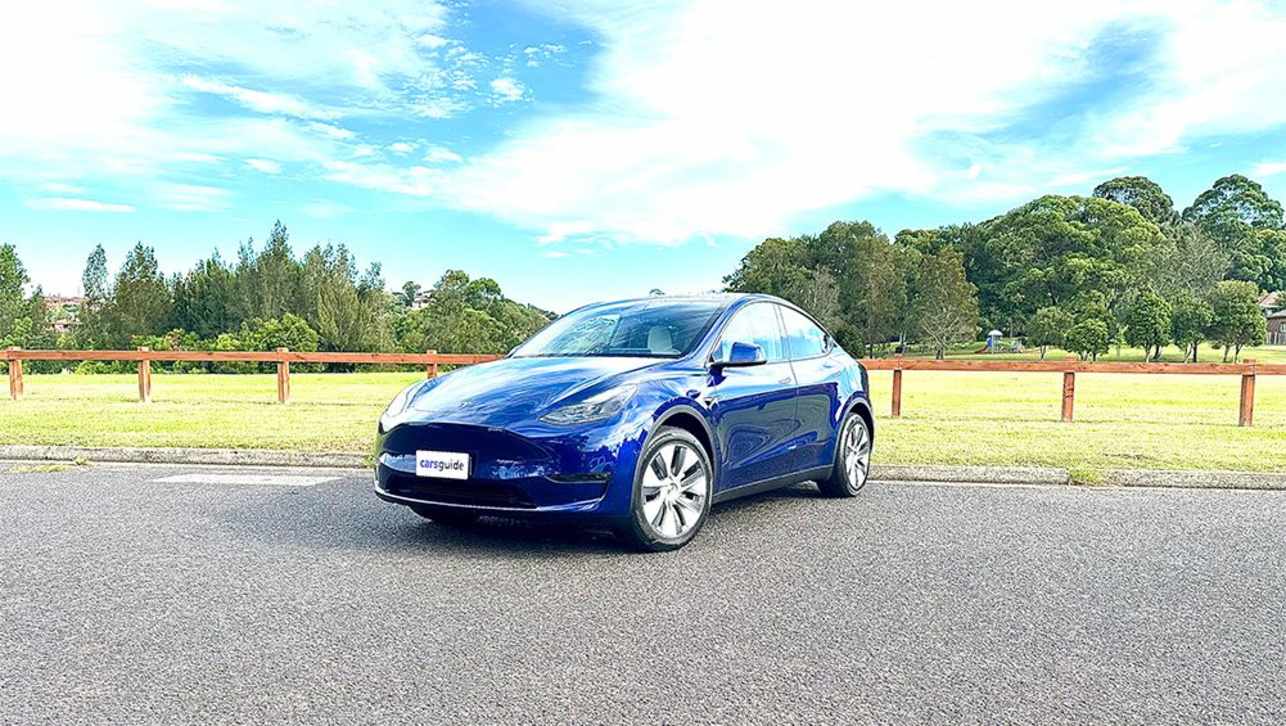The release of the two new models of the top-selling cars has seen them manage comparable figures to the outgoing models and in Holden's case, even slight improvements in some models.
It has been toughest to achieve improvments in automatic gearbox cars.
The four-cylinder Camry boasts better economy figures than the six-cylinder Commodore (9.9 litres per 100km compared to the Holden's 10.9 litres per 100km) when comparing base model automatics.
However the new, larger and heavier Camry is thirstier than other popular four-cylinder family cars such as the Honda Accord Euro (9.2 litres per 100km), the Hyundai Sonata (8.8), the Mazda6 (8.9) and the Subaru Liberty (9.1).
The new Commodore and the current model Falcon are the thirstiest but the figures achieved by the LPG Falcon show that if you really don't want to pay high fuel prices, it is the way to go.
That is particularly relevant now as LPG prices in Sydney this week were about one-third of the average price of unleaded petrol. However, you will need to refuel the LPG car more often than its petrol equivalent.
Holden released the VE Commodore's fuel consumption figures on Monday while the new Camry figures (8.9L/100km for manuals and 9.9L/100km for autos) were released on Tuesday. Holden's executive engineering director Tony Hyde says: "We finished our testing late last week, the Omega is 10.9 litres per 100km, 0.1 of a litre better than the VZ.
"It's not all glory and roses but it's still a pretty good story, the V6 with the five-speed auto was 11.4 and is now 11.3, except for the Calais V -- the one usage of that engine where the figure is slightly up," he says.
The fuel consumption figures for the base model are equal to the Ford Falcon equivalent, and slightly higher than the Mitsubishi 380 which has a consumption rate of 10.8 litres per 100km.
Hyde says the variable-valve V6 and the V8 with manual gearboxes had also experienced a small reduction in thirst.
"The premium HF V6 with the manual gearbox was 11.4, it's now 11, the V8 manual was 14.6, down to 14.4," he says.
He says the addition of a six-speed automatic gearbox might have been expected to reduce fuel thirst but the new transmission -- shared with the Cadillac and the Corvette -- had increased fuel consumption.
"The one that has gone the other way is the V8 with the six-speed automatic -- logically you'd think it would not -- it's gone from 14 to 14.3," he says. "The six-speed's ratios don't seem to suit the cycle, so we'll be looking for real world figures -- we're confident of getting some pretty good numbers from it."
The lead-time for developing a new car means reacting to rising fuel costs in the past 12 months was largely impossible, according to the Holden engineering boss.
"We can't react inside a year, no way, the engine calibrations and the emissions work that needs to be done," he says.
Hyde says fuel economy was now very important. "The biggest issue now is fuel consumption, more so than power outputs.
"We would improve fuel consumption figures by making the car lighter, but it's not that easy. We can't just leave bits off."
He says Holden hopes to trim weight for the next Commodore model, though the lure of a diesel is strong.
Holden has been testing its hybrid VX Calais model fitted with a 3-litre in-line turbo-diesel from BMW.
This car is a pointer to the future, though GM has no deal with sourcing engines from BMW. The primary problem is the expensive price of the BMW engine.
Diesels available include 3-litre V6s from GM-associate Isuzu which are used in European-specced Renault Vel Satis and Espace, the Fiat-Lancia Thesis and Saab 9-5.
Even Fiat's 2.4-litre, in-line five-cylinder turbo-diesel is plausible, especially given Holden provides the Fiat Group with a derivative of the Commodore V6 engine.
However, more likely is a GM-designed and built mid-capacity turbo-diesel believed to be under development.
Fuel savings will be available in September with the release of a 175kW dual-fuel LPG base model. One thing ruled out for Commodore is turbocharging: "no turbos", Hyde says emphatically.
Holden powertrain manager Simon Cassin says Holden is looking at methods for creating more efficient engines.
That includes the ability to turn off four cylinders on the V8 engine to save fuel, as in the US version, which is also used on the Chrysler 300C V8.
He says ethanol fuel was being studied. The maximum ethanol content of fuel regarded as being safe for a Holden engine is 10 per cent.
The first road tests of the new Commodore start in Melbourne next week.








.jpg)

.jpg)
.jpg)


.jpg)

.jpg)
.jpg)







_of_around-the-tracks-logo.jpg)




Comments